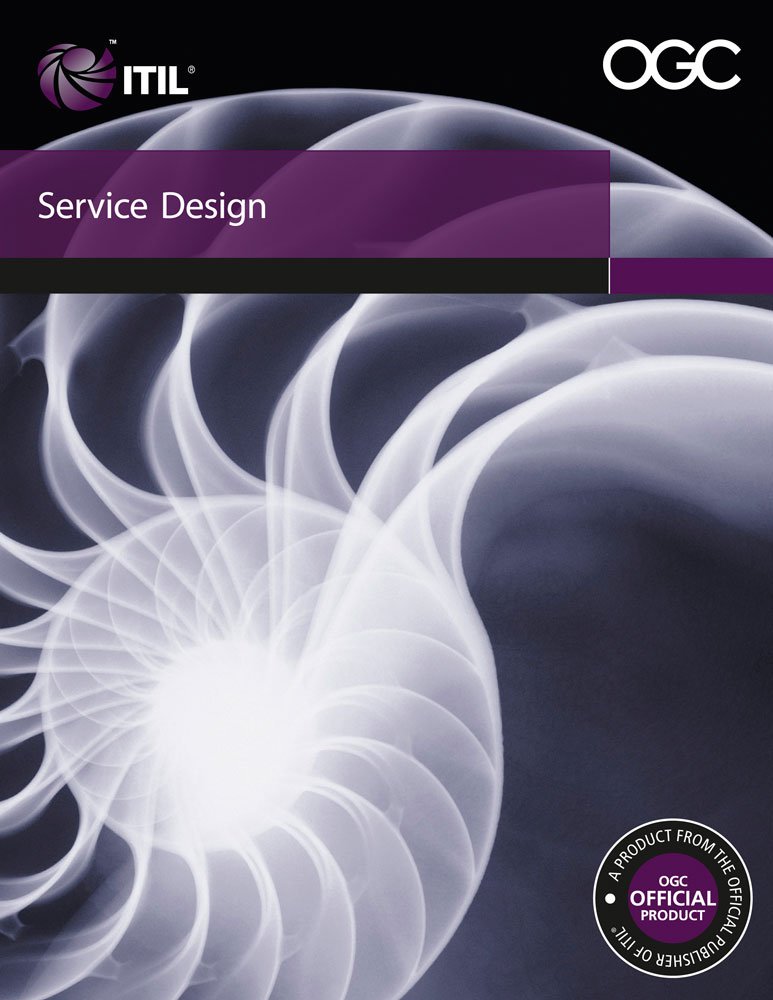ITIL® Service Design (SD)
You Will Learn How To:
Prepare for and take the ITIL Service Design (SD) Exam.
Define the goal, objectives and scope of SD.
Outline key activities for SD processes.
Enhance the quality of IT service provision within an organization.
Measure SD using critical success factors and key performance indicators.
Workshop Activities Include:
Putting ITIL terms into the context of a service acceptance criteria.
Analyzing sourcing strategies.
Drafting service level requirements.
Considering Service Design interfaces across the lifecycle.
Capturing tacit knowledge when eliciting requirements.
Daily review sessions and exam practice.
Important Course Information:
Pre-course reading required.
Approximately 1 hour of home study each evening.
Course tuition includes the ITIL Intermediate Qualification: Service Design Certification Exam, as well as overview maps that illustrate the ITIL lifecycle stages, serving to reinforce key concepts and functioning as valuable reference tools.
The ITIL Foundation Certificate is required to attend this course and take the ITIL Certification Exam on the final day.
Who Should Attend:
This course is valuable for those who want to achieve the ITIL Intermediate Qualification: Service Design Certificate. The ITIL Foundation Certificate is required to attend this course and to take the ITIL Intermediate Service Design exam on the final day.
Training Hours:
Days 1 – 3 Course Hours:
8:30 a.m. – 4:00 p.m.
Four 10-minute breaks
60-minute lunch
Day 4 Course Hours:
8:30 a.m. – 2:30 p.m.
Two 10-minute breaks
60-minute lunch
Course Exam* 1:00 p.m. – 2:30 p.m.
Course Content:
Introduction and Overview:
Purpose and goals
Scope of service design
Doing it right the first time
Designing new and changed service
Key Service Design Principles:
Five aspects of service design
Designing service solutions
Designing supporting systems and the service portfolio
Technology architectures, processes and design aspects
Measurement, methods and metrics
Service-oriented architecture principles
Holistic service design
Design activities and their constraints
The importance of balanced design
Service requirements, business requirements and drivers
Four Ps of Design:
People
Products
Processes
Partners
Service Design Processes:
Service Design Coordinator
Service catalog management
Providing a central source of information on IT services delivered to the business by the service provider
Ensuring the business can view an accurate and consistent picture of IT services available, including details and status
Service level management
Negotiating, agreeing and documenting appropriate IT service targets with the business
Monitoring and producing reports on delivery against agreed level of service
Capacity management
Matching capacity of IT to agreed business demands
Right resource, right time, right cost
Availability management
Ensuring that availability targets are measured and achieved in a cost-effective manner
Building availability into the design
IT service continuity management
Maintaining ongoing recovery capability to match agreed needs, requirements and time scales
Developing service continuity and recovery plans
Aligning plans with business needs over time
Security Management
Supplier Management
Primary Activities of Service Design
Technology-related activities
Requirements engineering: requirement types, activities and techniques
Data and information management activities
Techniques within application management
Investigating service design requirements
Achieving balance between design and existing strategies
Ensuring inclusion of governance and security controls
Assembling the service design package
Producing, maintaining and revising all services, design processes and documents
Liaising with other design and planning activities
Aligning with corporate and IT strategies
Organizing Service Design
Roles appropriate within service design
Functional role analysis and the use of the RACI matrix
Defining service design responsibilities
Aligning information security with business security
Managing suppliers to ensure quality and value
Service Design and Technology
Technology considerations for service design
The tools that benefit service design
Requirements for service design
Implementation Challenges and Risks
The six-stage implementation approach
Measurements of service design
Outlining the challenges and risks facing service design
Establishing critical success factors and Key Performance Indicators (KPIs)
Developing risk-benefit analyses

